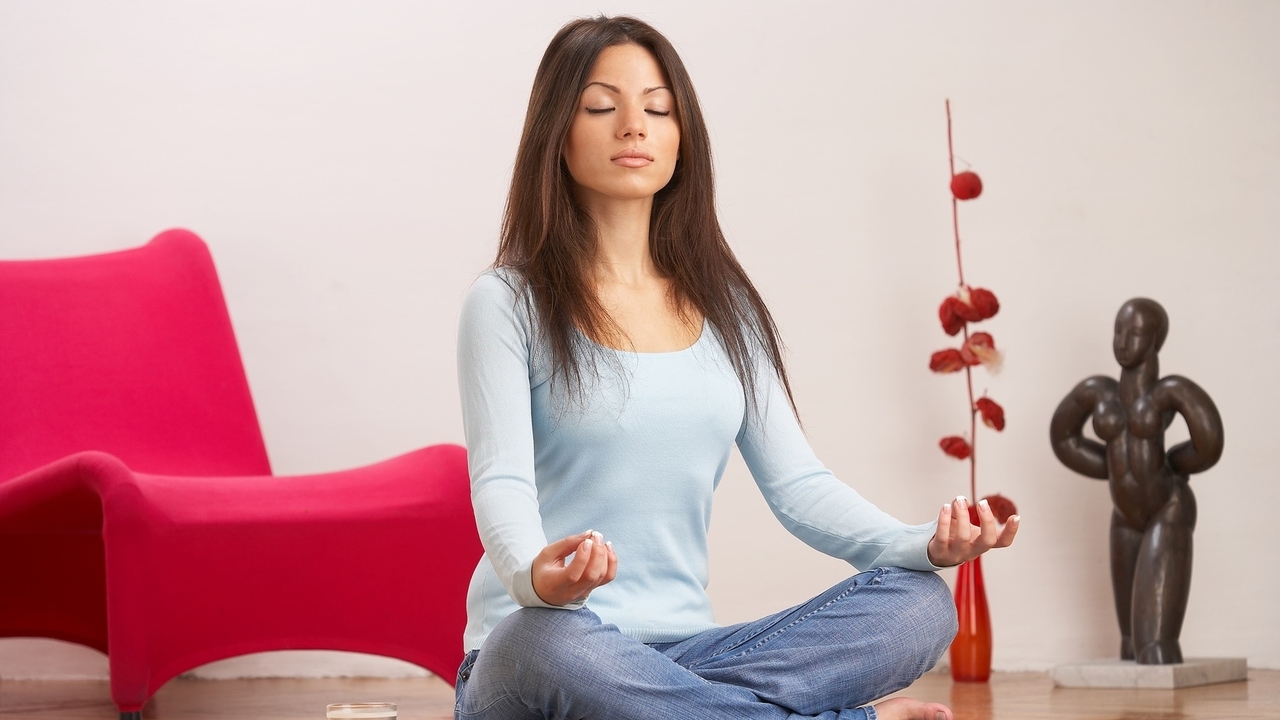 Franz Pfluegl/Fotolia
Franz Pfluegl/Fotolia
“You are invited to reconnect to yourself through stillness.” - Elena Brower and Erica Jago, in "Art of Attention."
Meditation is the very opportunity to reconnect with ourselves through stillness. Last month, I wrote this piece describing what I learned when I began to meditate on a daily basis. And now, I’d like to share with you how to begin a daily mediation practice.
If you are not familiar with meditation, or even if you have some ideas about it, the thought of starting this type of practice can be daunting. Meditation is about opening up and slowing down.
For this reason, it is important to keep some things in mind about meditation.
First, you don’t have to wear certain clothing or own anything.
Second, meditation can be done anywhere.
Third, you will notice distractions during your meditation and this is normal. Your mind will wander, especially in the beginning.
Fourth, you don’t have to actively practice any type of formal religion or belong to any group.
Lastly, you may not notice a significant change in the beginning. If you enter into meditation thinking, “Today, I will have a breakthrough,” and it doesn’t happen you will be disappointed.
More than likely, the change will be subtle, but significant, over time. Inner strength is not something you can see, like a particular muscle group, but it does develop with a regular meditation practice.
In the beginning, it is easier if you choose a set time, so you decide if it is first thing in the morning or whenever best fits your schedule.
This doesn’t have to be more than 20 minutes. When I started it was in the morning, even before coffee. I now look at is at the time that sets the tone and energy for my day.
Also, select a spot in your home. It doesn’t have to be a fancy area. Choosing a spot will take some of the guesswork out when you are doing something new. Of course, change the area if you find it to be uncomfortable in any way.
When I first began, I chose to sit on a blanket with my legs crossed, hands resting on my knees with palms up, thumb and index finger touching making a circle, and eyes closed.
This is a typical pose that I had observed in many magazines and is an option for you as well. Another option for your hands is to place them over your heart. What is important is that you are sitting, straightening your spine, and slowing down.
It is best to begin with deep breaths. Literally breathe in and hold it for a few seconds and then breathe out. If possible, let the exhale be longer than the inhale. Doing this will allow your mind to focus on breathing.
You may choose a word or phrase to begin your meditation time with. I started out with “Om,” which is traditionally believed to be a universal sound, meaning it is that we are all connected through this sound.
I simply repeated “Om” many times, but didn’t have an exact count and then on my own as I entered the space of sacredness, silence, I would stop saying “Om.” Whenever I became distracted I would return to saying “Om.”
When I decided I was done, I would complete the time with a short prayer. No one told me to do this, and I didn’t read it anywhere, but for myself it seemed most natural. You decide how to end your time.
As you probably know, people often say particular mantras to evoke a certain energy or focus on a feeling. Mantras are usually written in Sanskirt. However, it is fine to say a mantra in English or in whatever language you primarily speak.
What is most important is that you are engaging in the meditation practice, not what language you speak. A common mantra you can try is “aham prema” which translates to “I am love.”
Using this mantra in either Sanskirt or English is another option for your meditation and reminds you that love is the center of your being.
When people meditate, some prefer to focus on a particular theme, such as healing or courage. The internet is filled with websites that offer downloads to get you started on meditation or that are theme-based. These are considered to be guided meditations.
Personally, I prefer the ones that are offered by Deepak Chopra, MD , who often offers these for free in collaboration with Oprah Winfrey, or meditations done by yoga master Elena Brower.
Guided meditations are just that — they offer a gentle voice to direct you into a space of calm — and provide the opportunity to complete the themed practice, usually in a series of days. If you do choose to use a guided meditation series, many offer a free sample download, so notice what you feel drawn to and follow that path. This is another good tool to begin a practice.
If you have never found this place of silence and depth before, it is not unusual to feel uncomfortable once you discover it. This isn’t a reason to stop meditation, it just means that you are truly accessing your inner self, which is often raw and vulnerable.
As with many things, you will get out of meditation what you put into it. You may look at starting a 30-day practice as a “30 Day Challenge” or “30 Days to Happiness.” However you frame it, daily meditation can be beneficial.
Some people choose to track their progress in a journal, but this isn’t necessary.
Respect yourself for trying something new and know that you are creating a new relationship with yourself, as well. A rewarding part of this is knowing that you are engaging in a practice that develops inner wisdom and strength.
Meditation is not a destination. Instead it is a personal practice that is ever evolving. Namaste.
Kristin Meekhof is a licensed master’s level social worker. She speaks about mindfulness, writes about healthy living and author of the book “A Widow’s Guide to Healing: Gentle Support and Advice for the First 5 Years.”
Edited by Jody Smith
Art of Attention, authors: Elena Brower and Erica Jago, 2012, Publisher: Jagoyoga and Virayoga, Second Edition, page 102.
http://www.artofattention.com/book
The Chopra Center
http://www.chopra.com
Elena Brower
http://elenabrower.com






Add a CommentComments
There are no comments yet. Be the first one and get the conversation started!